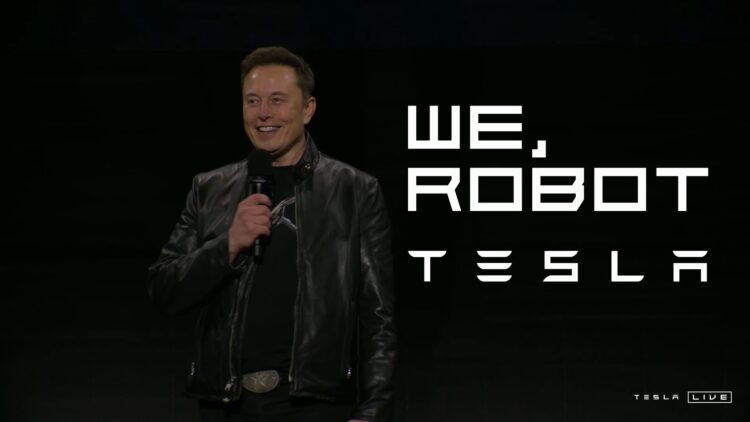Tesla’s highly anticipated “We, Robot” event left fans and tech enthusiasts buzzing. It featured a series of futuristic reveals that felt straight out of a sci-fi movie. Tesla’s latest innovations took Hollywood flair at Warner Bros. Discovery studio.
While we know humanity’s future is bleak, many of us were expecting something more abstract. Still, Tesla CEO Elon Musk presented tangible goods to customers, ranging from the expected Optimus robot lineup to the much-appreciated Cybercab.
Everything announced at the We, Robot event
The event’s centerpiece was the Cybercab, a two-seater electric vehicle resembling a smaller version of the Cybertruck. People hoped they’d see a prototype robotaxi that does not have pedals or a steering wheel turned. Instead, Musk showed a fleet of 20 vehicles and conducted a brief demo around the Hollywood studio lot. The sentiment on Tesla’s future is extremely optimistic, with a price under $ 30K for the Cybercab and a projected operational cost of around $ 0.20 per mile – an extremely cost-effective automobile for autonomous transport later.
Cybercab hits the road — well, almost
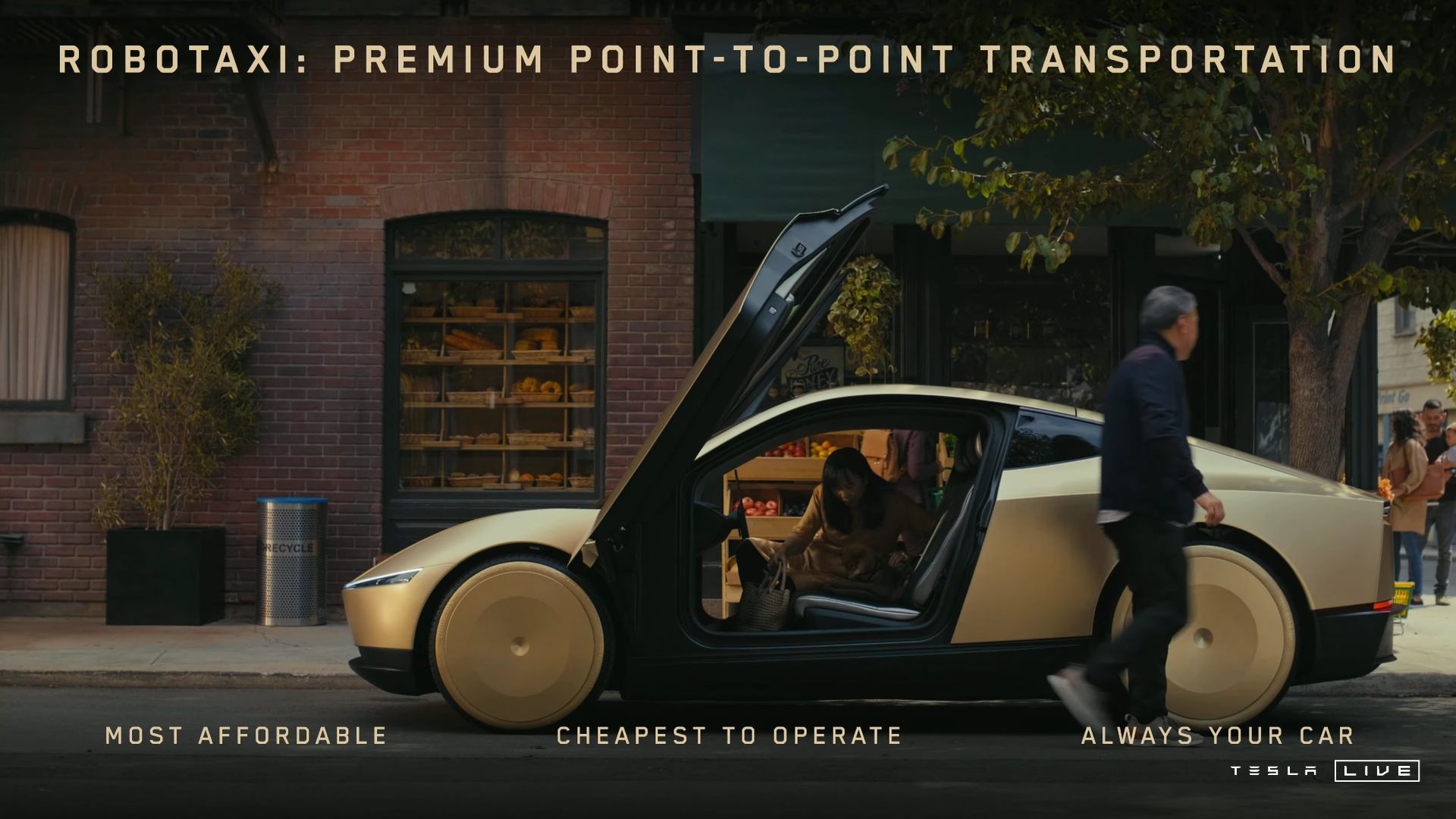
The major revelation was the Cybercab, a sleeker, smaller version of Tesla’s iconic Cybertruck. Not quite the robotaxi everyone expected, the Cybercab is a much-improved version of Tesla’s goal of an affordable, autonomous car that would transform urban transport. The Cybercab’s wireless “inductive charging” feature also caught attention, eliminating the need for conventional charging cables.
While Musk’s timeline has often leaned on the optimistic side, he teased production for the Cybercab to begin by 2026 or “before 2027,” along with plans for “unsupervised Full Self-Driving (FSD)” in Texas and California as early as next year. Musk’s vision for a frictionless, user-friendly future includes the absence of a traditional plug-in charger and the push toward inductive charging. However, steering wheels and pedals are missing, which could present regulatory hurdles because public-use vehicle safety laws require those features.
Robovan and robots take the stage
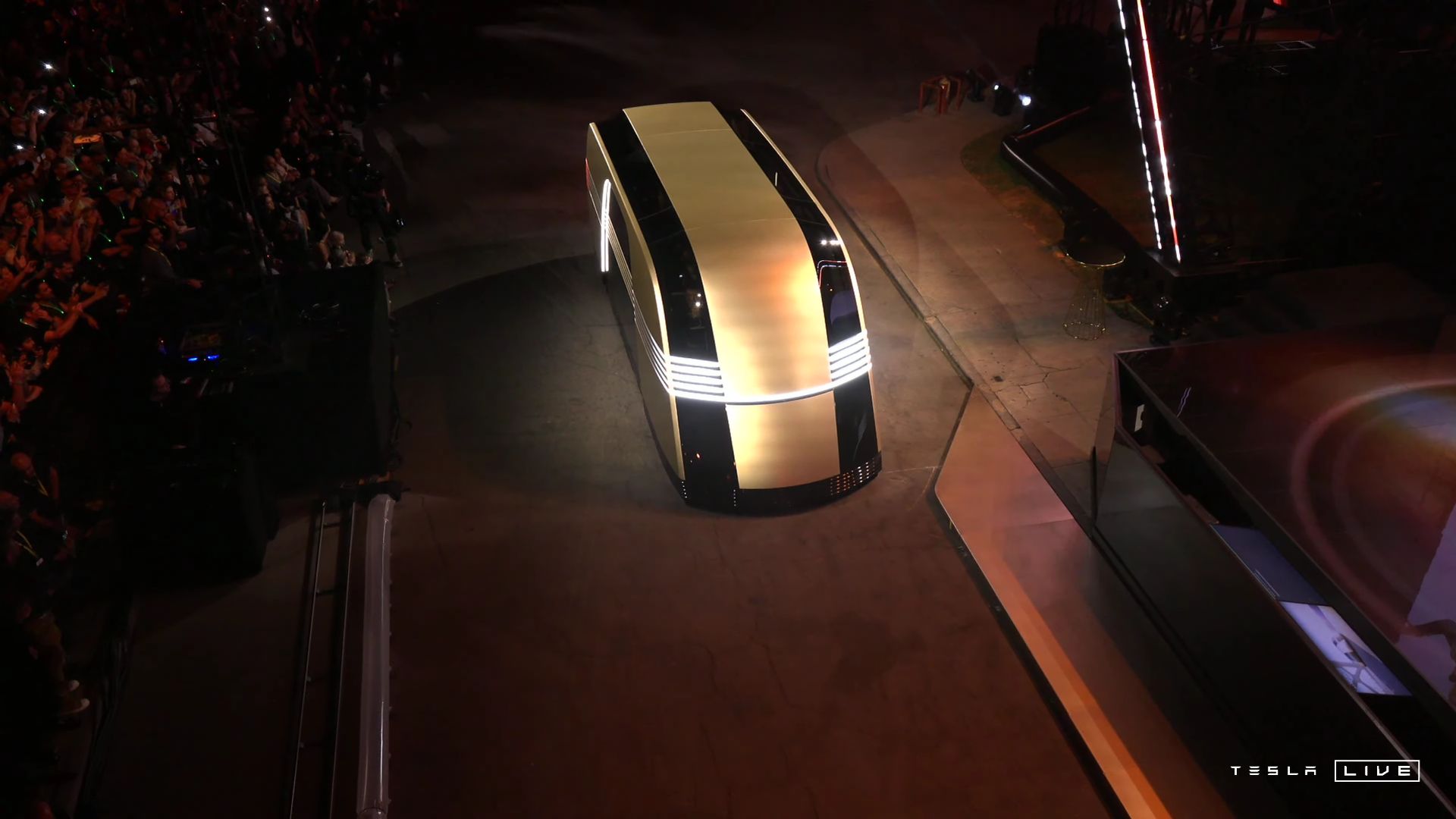
More jaw-dropping was the unveiling of the Robovan, a sleek autonomous bus that can carry up to 20 passengers or goods. While no specific timelines were provided, Musk suggested the Robovan could “change the look of the roads.” This bold proclamation is ripe for the imagination, though the teaser reveals that the Robovan is part of Tesla’s broader vision for an interoperable, autonomous transport network.
Tesla also showed its humanoid robot, Optimus, walking among attendees, mixing drinks, and conversing. The robots had different accents and personalities, but there was no way to tell if they were remote-controlled. According to Musk and Optimus, costs between $20,000 and $30,000 could one day help facilitate tasks around the house, from making drinks to teaching. Attendees of the robot could interact with the robot, but still, employees had to escort them for safety reasons.
Tesla’s autonomous dreams and challenges
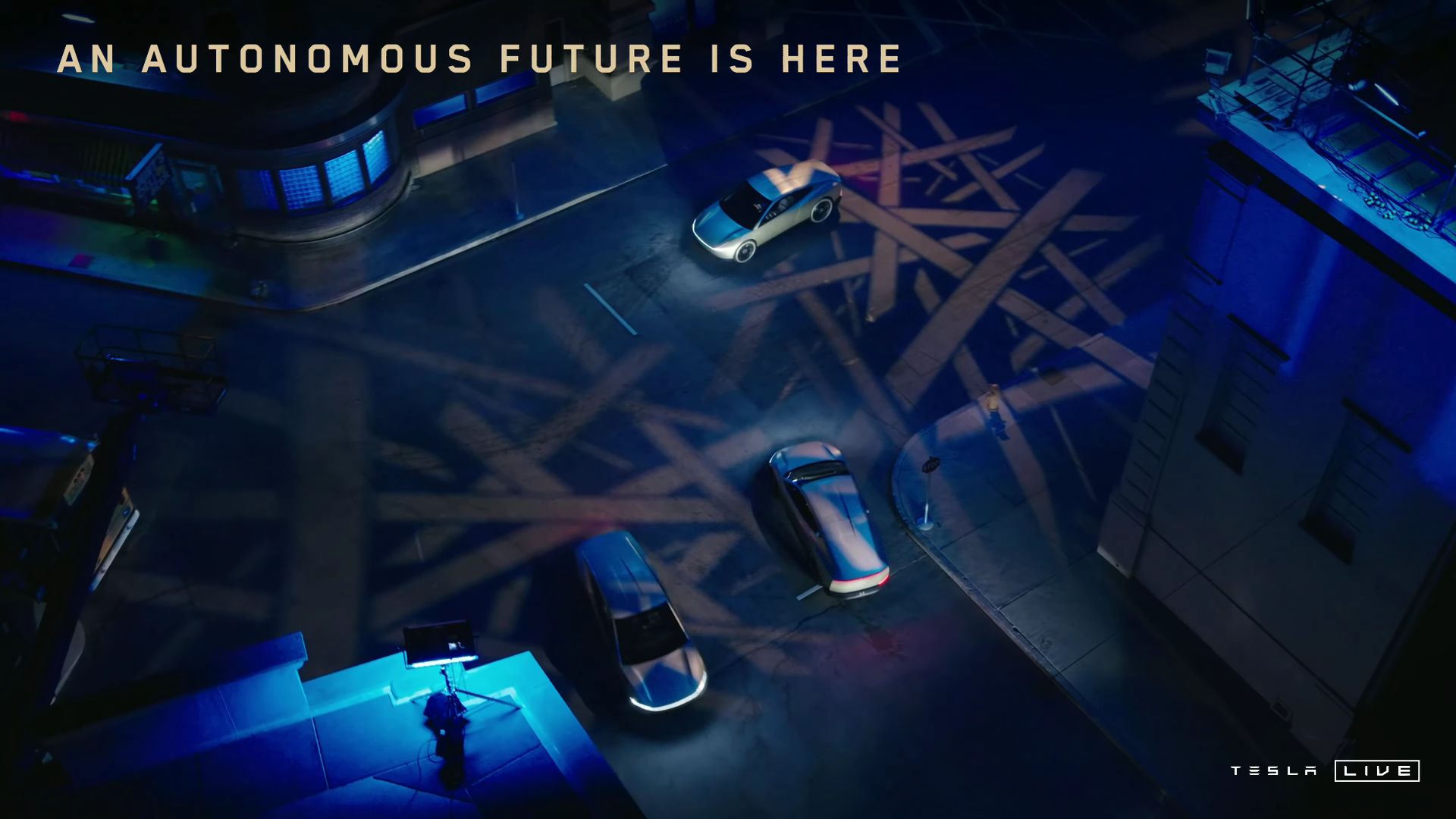
Tesla’s ambitions for autonomy have been well-documented, and the “We, Robot” event highlighted Musk’s continued push toward a fully self-driving future. His vision of “individualized mass transit” aligns with the company’s goal of offering cost-effective robotaxi rides via the Tesla app. The model mimics that of Uber and Airbnb, giving Tesla owners a chance to include their cars in the app and to be paid if they’re not using their cars, with Tesla taking a cut.
Bold announcements nonetheless face challenges. Tesla’s Full Self Driving (FSD) system is not yet fully autonomous but is available for hundreds of thousands of vehicles. Human intervention is necessary, though FSD can do a lot of driving and even warn of impending road accidents. In addition, the hardware that is presently on most Tesla vehicles won’t be sufficient to bring true self-driving. He also said that upgrading Tesla’s AI and computer systems is necessary to reach Level 4 autonomy, where a vehicle can be driven without human intervention in most conditions.
The road ahead for Tesla’s Robotaxi
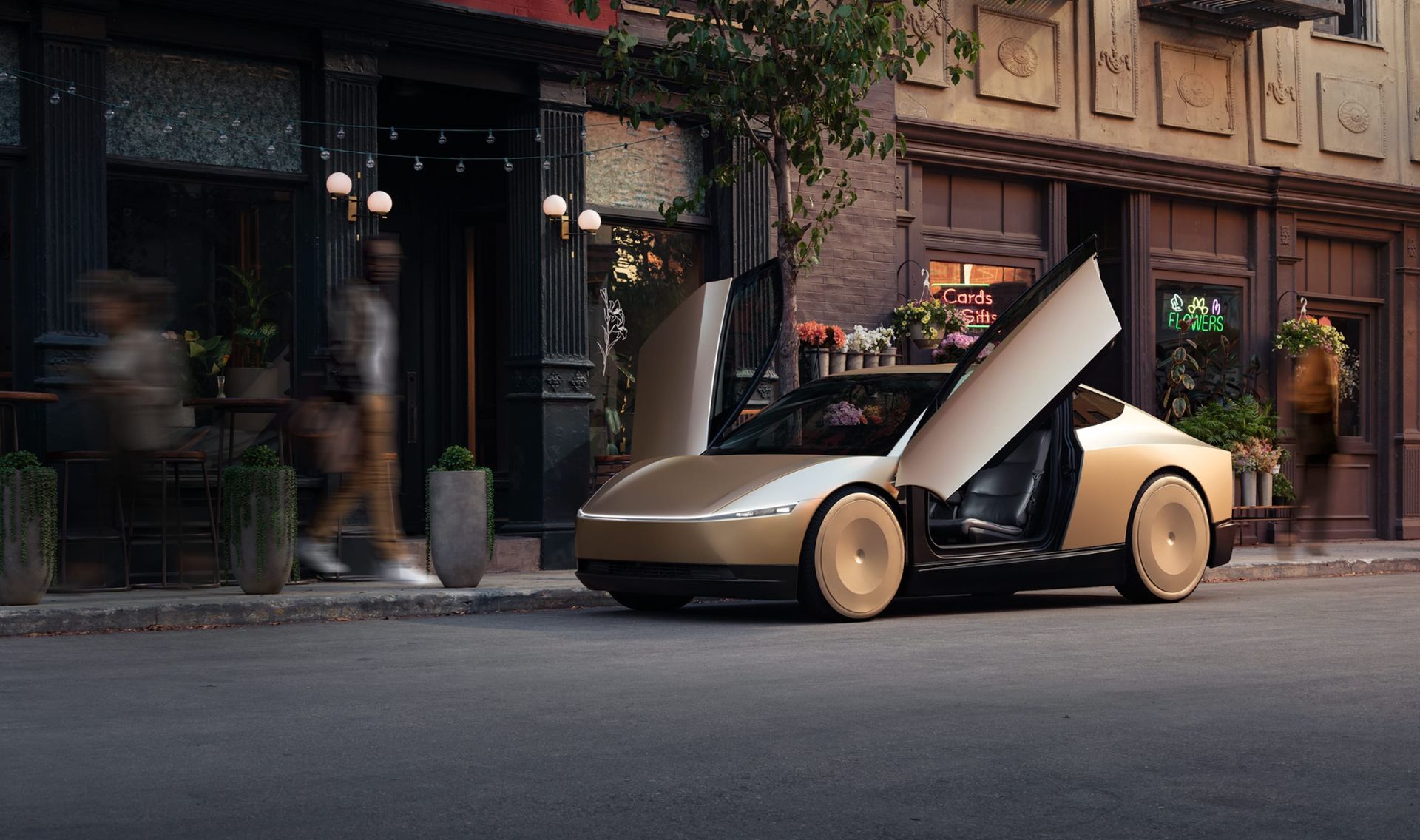
Tesla’s Robotaxi concept isn’t new. Tesla’s first prediction was that the company would have more than a million robotaxis on the road by 2020, but this has failed to materialize. Because Tesla has focused on AI and autonomy, investors still see it as a tech company, not an automaker. Tesla needs to fix safety concerns to bring Level 4 autonomous driving into reality. After fatal crashes involving Tesla’s Autopilot system, numerous federal investigations have been launched on the reliability of Tesla’s autonomous driving technology.
One of those bold innovations that Tesla is taking in its pursuit of becoming a self-driving company is the Cybercab, an unconventional design with the ability to work autonomously. However, the regulators could balk at the vehicle’s absence of a steering wheel and pedals. However, like GM’s Cruise, other companies trying to get robotaxis to market have been thwarted by regulatory barriers and cannot bring purpose-built robotaxi companies to market.
AI, autonomy, and hardware
Tesla’s autonomy journey is far from complete, but the company is putting much weight on AI. Musk boasted that Tesla’s AI has “lived a million lives,” constantly learning from various driving scenarios. He also reiterated that the upcoming Cybercab would feature “AI5” technology, with computing power far beyond what is required for everyday driving tasks. However, the company did not report whether Tesla’s inductive charging technology would be available for other vehicles.
Optimus takes center stage
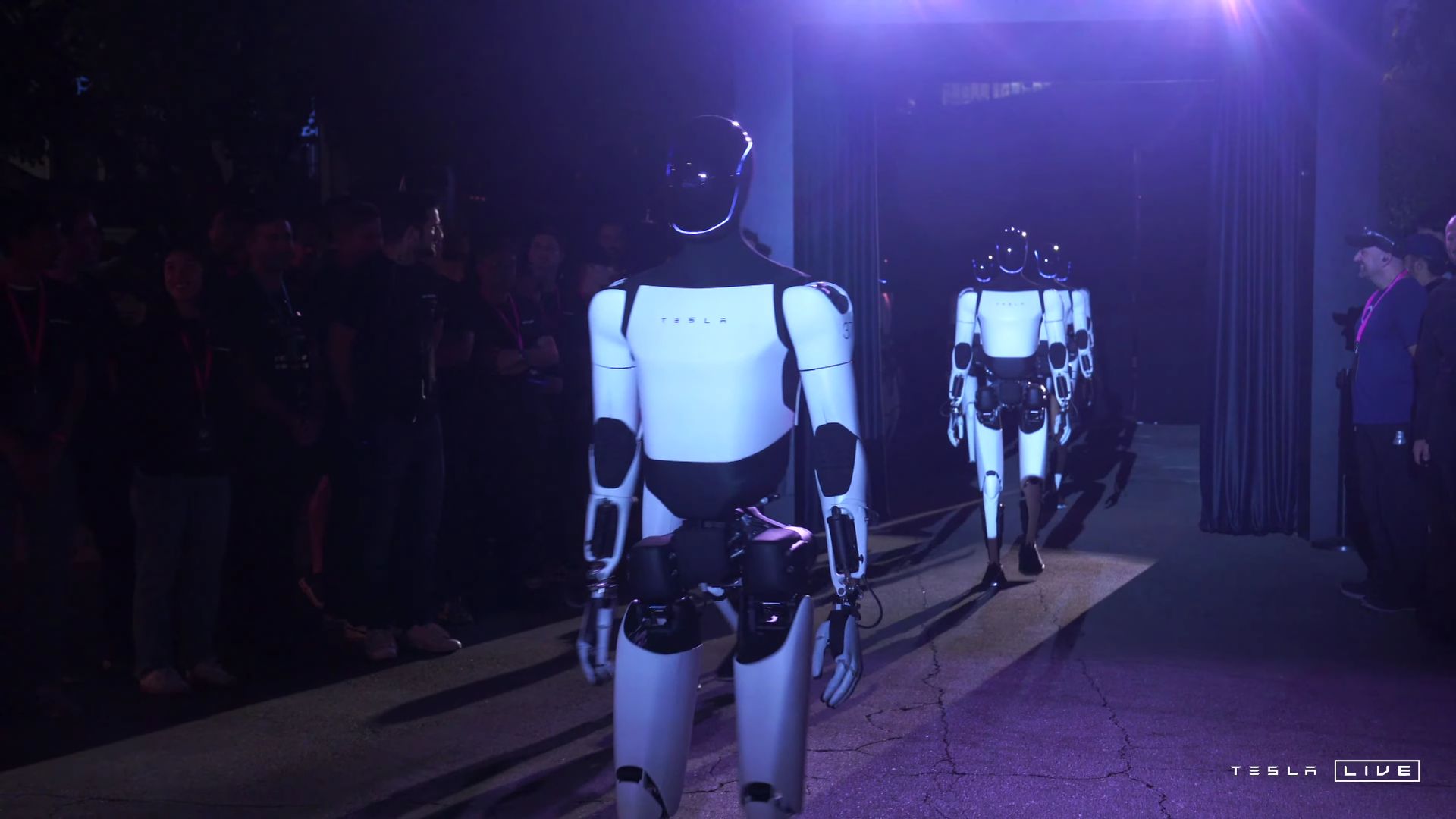
Optimus robots were then seen walking alongside Tesla employees as a reminder of Musk’s futuristic vision. Physical contact between guests and the robots was limited, yet guests interacted with the robots, playing games, dancing, and ordering drinks. He has even teased that Optimus might one day be more than a household assistant, becoming a partner, teacher, or even babysitter. However, the company’s full capabilities are still uncertain, and the presence of the robots at the event indicates Tesla is continuing to invest in AI and robotics.
At the “We, Robot” event, Tesla showcased its latest innovations and long-term plans. While it’s unclear when self-driving cars will be ready, the Cybercab, Robovan, and Optimus robots show what Tesla thinks the future will look like. It’s also unclear if that future will happen as soon as Elon Musk thinks. If you cannot watch the event, you can access it on X and YouTube by clicking the link.

